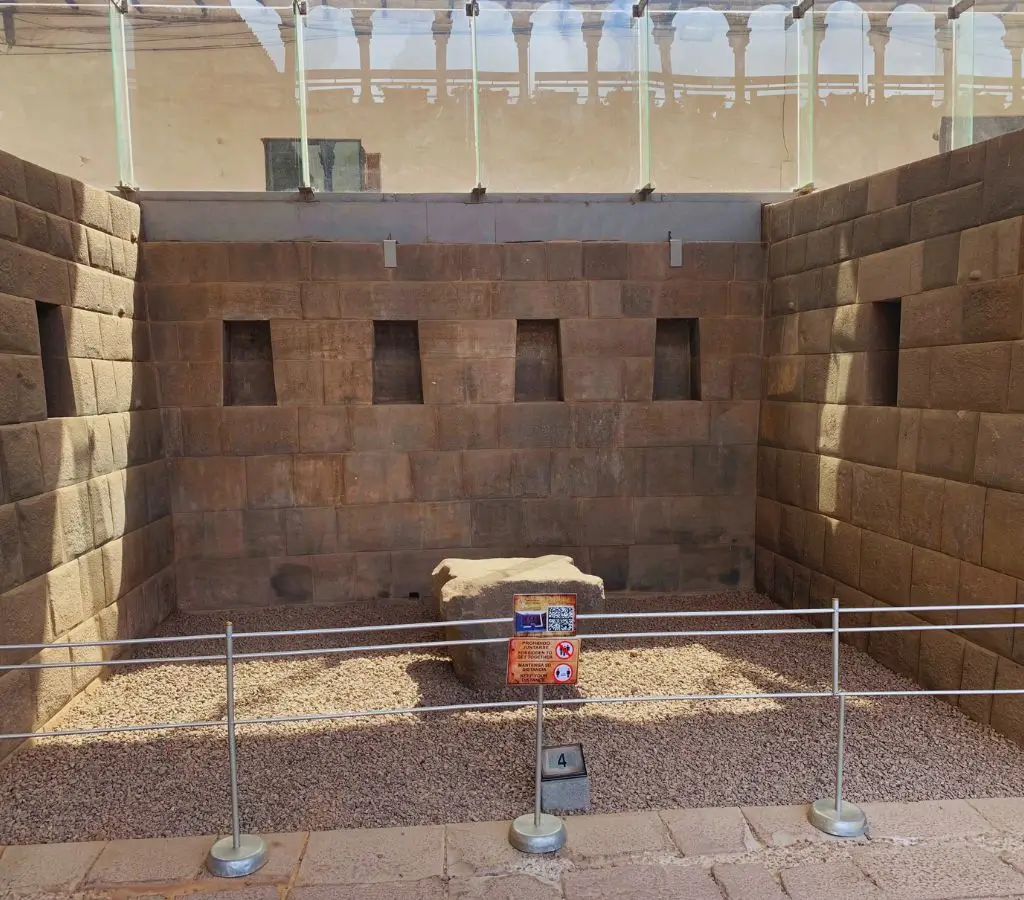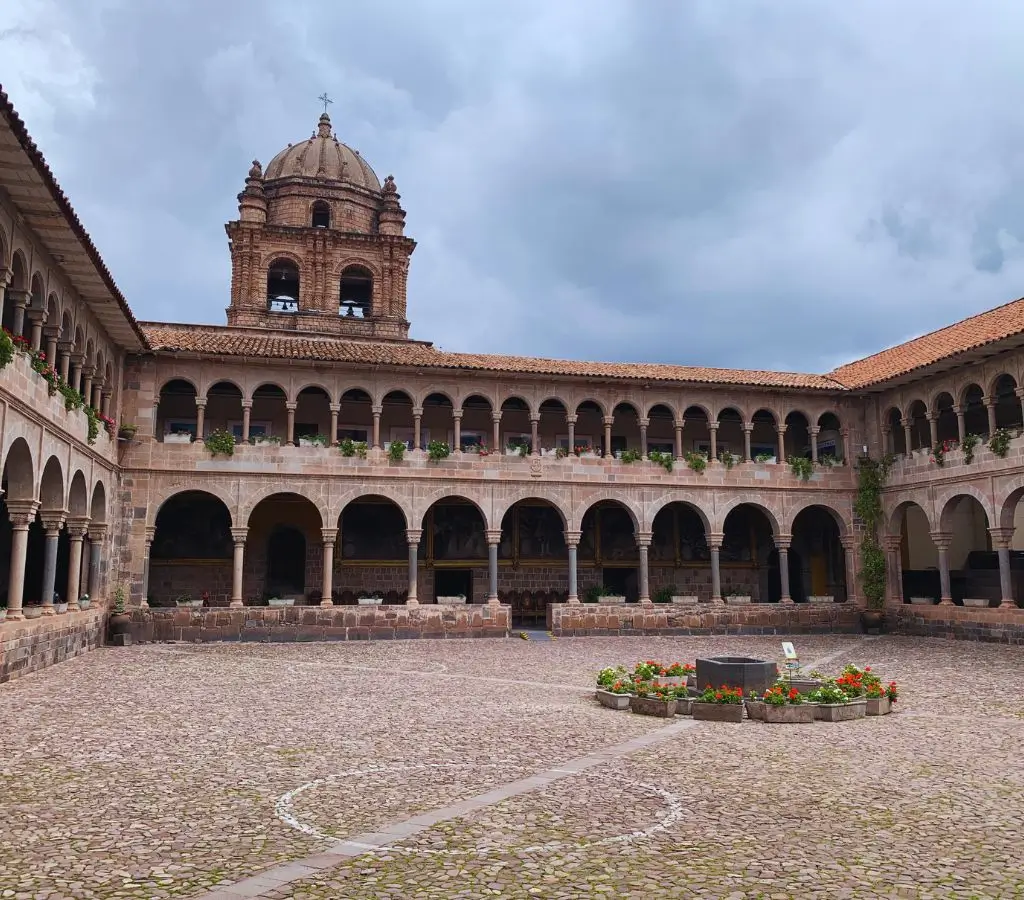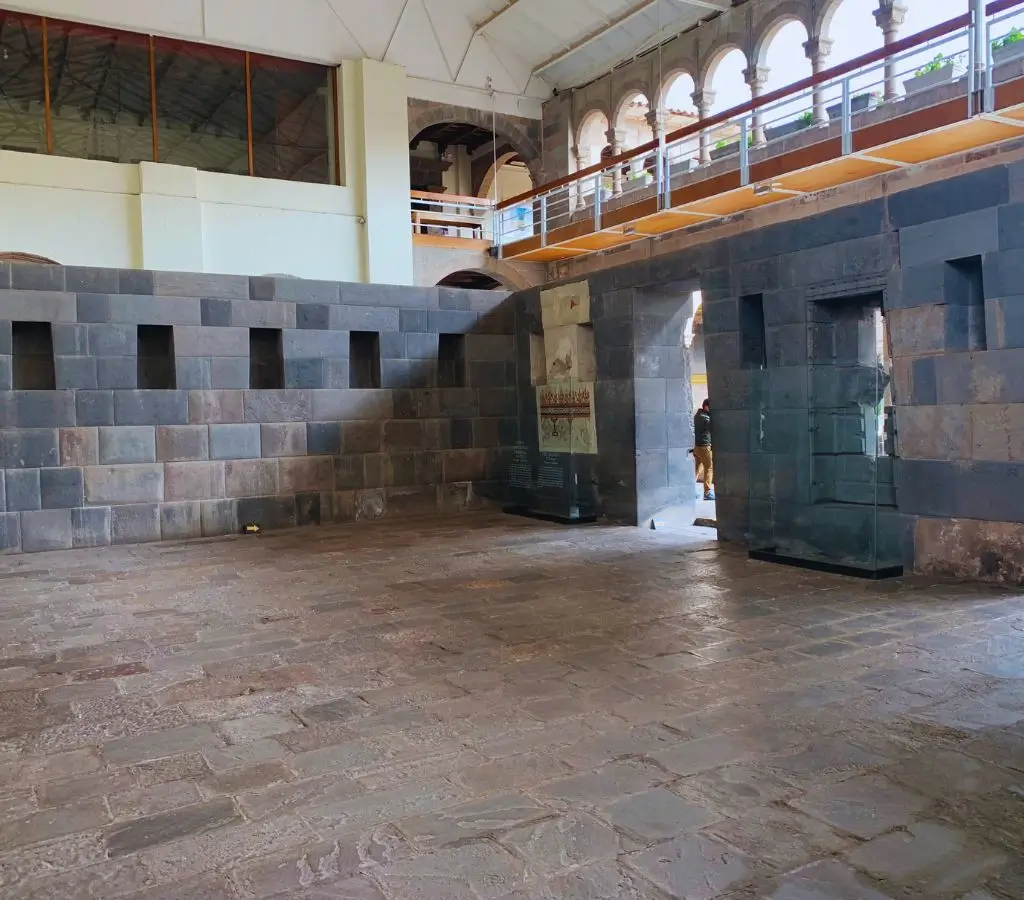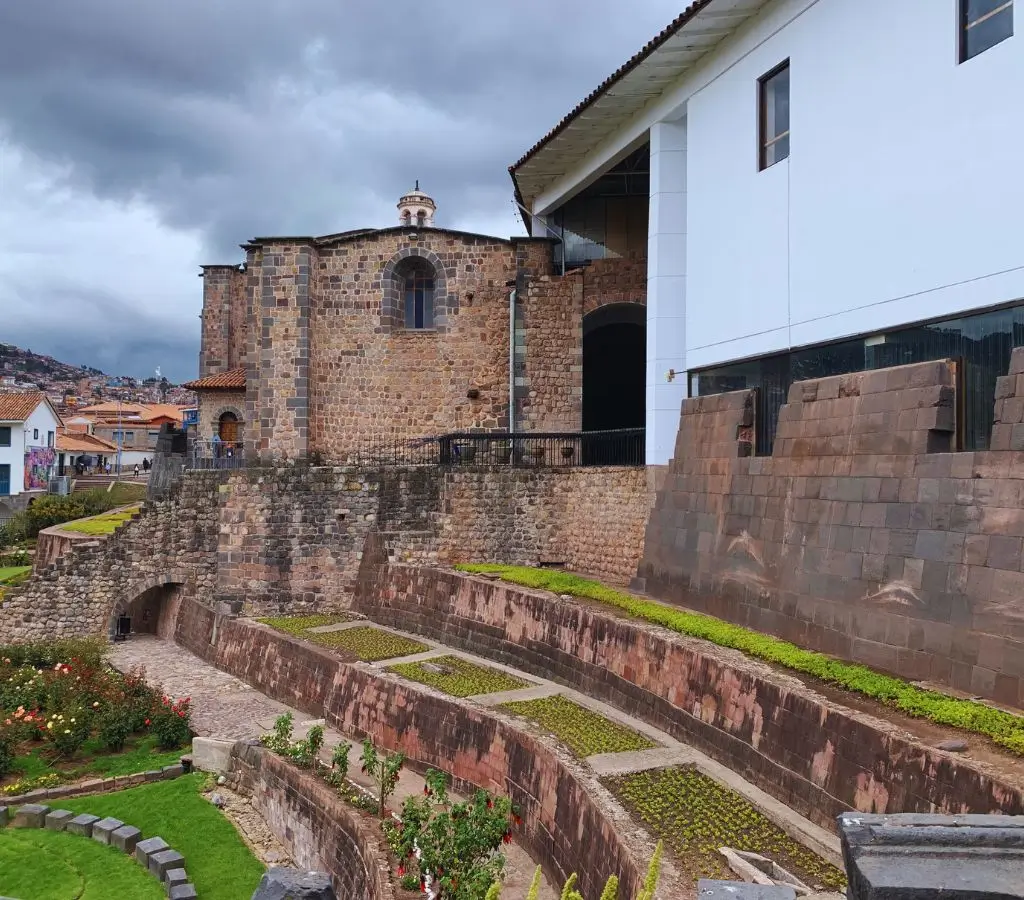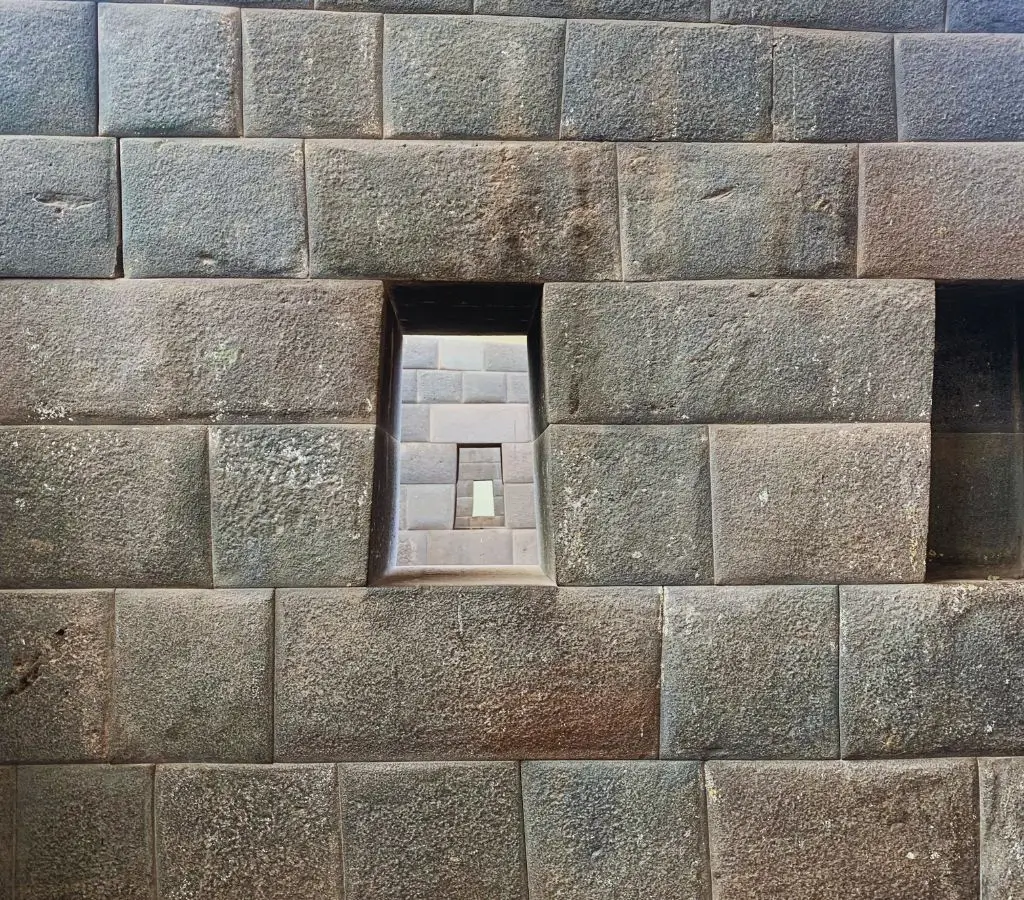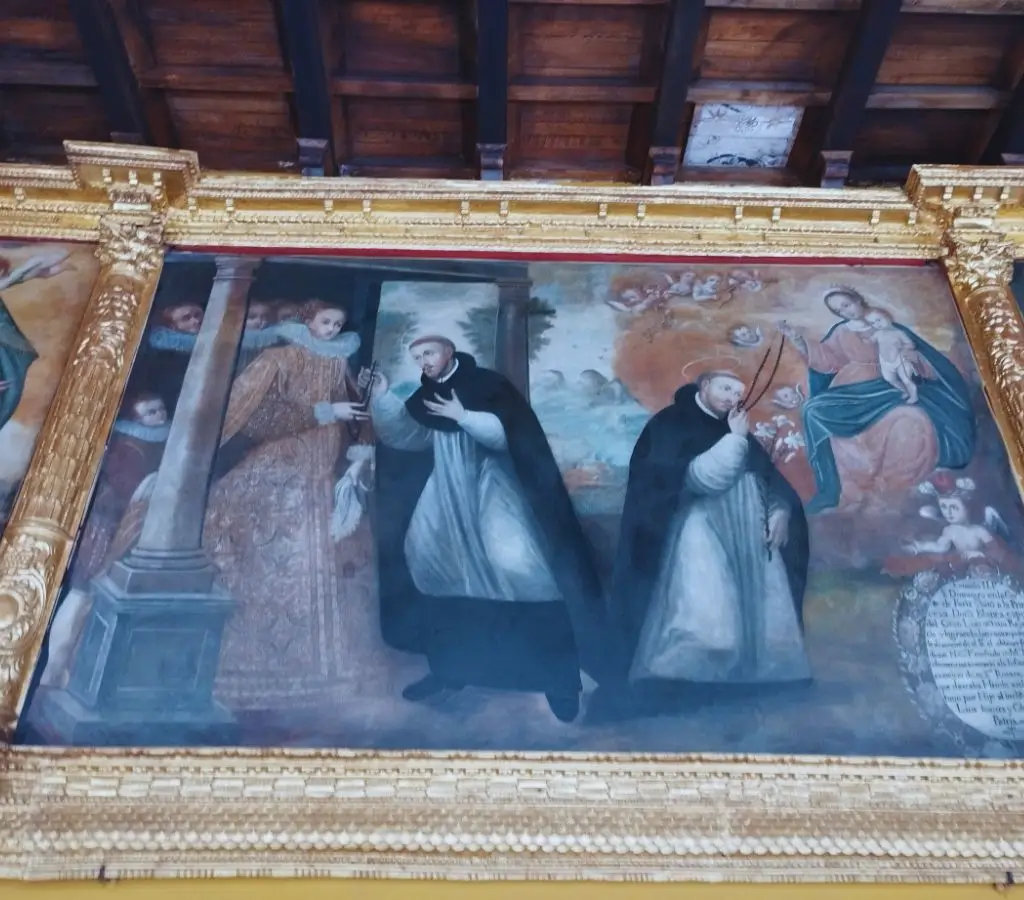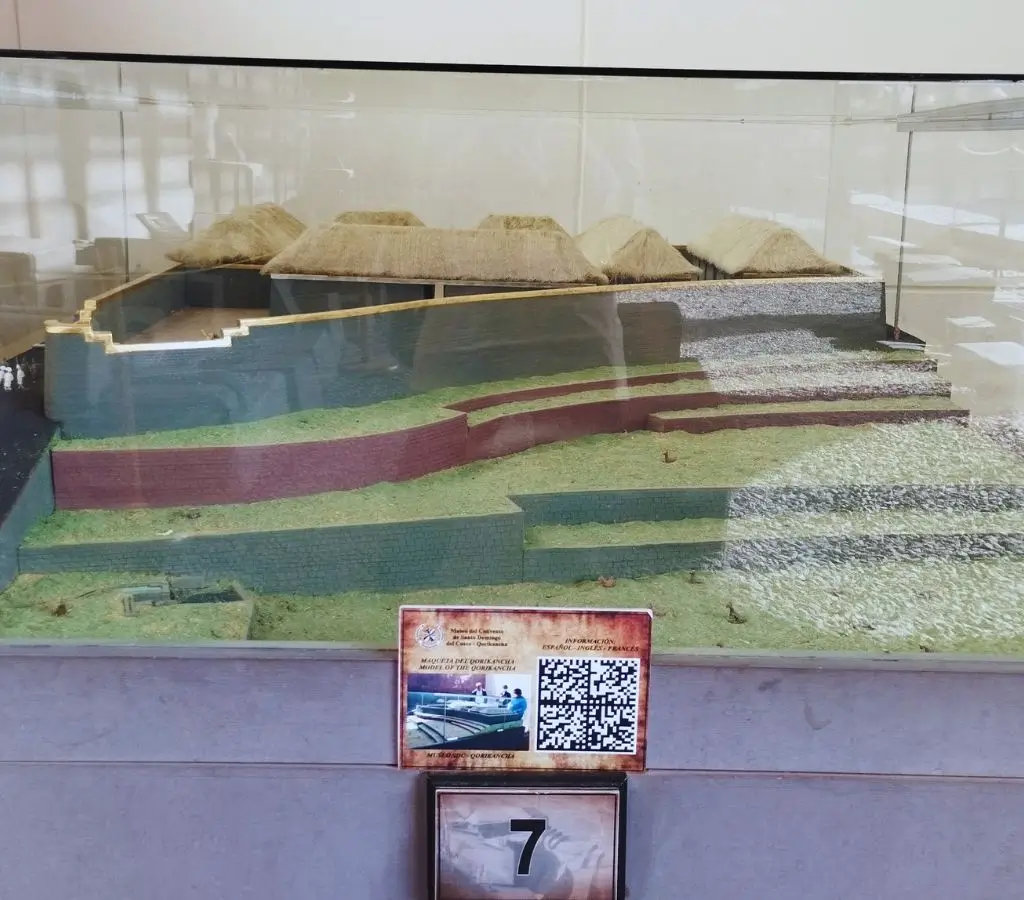Discover the most significant temple of the Inca Empire, known as Coricancha or the Temple of the Sun, precisely for the architectural jewel it housed. This majestic Inca temple remains one of the most relevant centers of the Tahuantinsuyo, where sacred gods were revered, and inhabitants came to pay homage and tribute.
Today, we will delve into the history of this impressive Inca temple, exploring its story, the things to see and do, among other features of this site, and most importantly, the experience of visiting it with a travel agency.
Coricancha, also known as Qoricancha, is an ancient Inca temple built by Inca Huiracocha, with its style or embellishment attributed to Inca Pachacutec. It stands as one of the most important and sacred places in the Inca Empire.
Etymologically, the name Qoricancha originates from Quechua, where "qori" means gold or golden, and "kancha" means temple or enclosure, translating to "Golden Enclosure" in Spanish. This temple was primarily dedicated to the worship of the sun, one of the main Inca deities.
However, according to historians, its initial name was Intikancha or Intiwasi, meaning "house of the sun." It was later changed to the current name during the reign of the ninth Inca. Thus, one could say that this place was made of gold, as it shone brightly, earning its reputation as the Golden Enclosure.
The name can also be spelled in various ways: Coricancha, Qoricancha, Koricancha, Qorikancha.
Let's delve into the history of Coricancha, an ancestral treasure dating back to the 13th century. It is said that the Ayamarcas were the first to build Inticancha, known as the "Temple of the Sun." However, its significance soared in the 15th century when Inca Emperor Pachacutec decided to enhance this place further.
Inticancha was rechristened as Qoricancha, undergoing embellishment that left an indelible mark on the city. This work is evident in the massive walls, which continue to astonish with their craftsmanship. They were later adorned with sheets of gold, silver, and precious stones, showcasing the wealth of the Inca civilization.
Within its walls, Qoricancha housed shrines dedicated to various Inca gods. The most prominent was the shrine to the sun, surrounded by opulence in gold, while the temple of the moon was associated with silver. It's important to note that this sacred place was the epicenter of Incan spirituality, drawing people from all villages to worship their gods.
The arrival of Spanish conquistadors in the 16th century marked a crucial point in Inca history. They looted all the riches during the invasion, with the gold allegedly transported to Cajamarca to finance the ransom of Atahualpa.
After the invasion, the temple came under the control of Francisco Pizarro, who assigned it to the Dominican order. Consequently, Coricancha became the epicenter of Christian faith with the construction of the church and convent of Santo Domingo on its ancient foundations.
In conclusion, this Inca site was not only an architectural masterpiece but also a treasure adorned with golden, silver, and precious stone relics.
The site holds many hidden treasures and others that are visible. Here are some suggestions on what you can see and do when visiting the Temple of Qoricancha:

Dedicated to the lunar deity, it was adorned with silver planks and a silver lunar representation. It served as the final resting place for the mummies of the Inca wives, arranged chronologically. However, with the arrival of the Spanish, half of the temple was demolished to make way for the construction of the Santo Domingo church nave.
The main site in the Coricancha complex, the Temple of the Sun dominated with its imposing presence, occupying more than half of the territory now belonging to the Church of Santo Domingo. Inside, it housed the embalmed bodies of the Incas, placed on golden tables according to their antiquity.
The walls were adorned with gold sheets, featuring a thick disc representing the sun. This place was guarded by mamaconas or priestesses of the sun, and curiously, within its walls, there seemed to be no empty spaces, as if the stone had been molded to their liking.
The Temple of Venus and the Stars served as a center for sacrifices or festivities, and also for the deification of the Inca. The Incas believed that the stars had a connection with the animals on earth, and they represented them accordingly.
Rectangular in shape with three doors, this enclosure paid homage to the tripartite worship of lightning, thunder, and lightning (natural phenomena).
It is said that there were five water fountains at that time, and the origin of these waters is unknown. However, each had a religious significance and was adorned with precious metals. These fountains reached throughout Qoricancha, and today, parts of them can still be seen.
This garden was adorned with various species of Andean flora and various works made of gold and silver. Even today, one can see one of the ancient fountains of the sacred garden. Historically, it is said that conquered peoples came on pilgrimage to the city, bringing various offerings and placing them in these gardens.
The Coricancha Site Museum is an archaeological treasure that immerses you in the history of Cusco. Born from exhaustive excavations at the archaeological site of the same name, the museum reveals treasures dating from pre-Inca times to the colonial era.
Imagine walking through the five rooms, each revealing Inca history. You can see everything chronologically, from native ceramics to advanced tools. The museum presents a chronological overview.
If you want to learn more about Inca history, you must visit this site and witness the chronological evolution of Cusco civilization, Inca ceramics, textiles, and paintings that evidence the passage of time. You can also see a detailed model showcasing Qoricancha in its splendor.
The site museum is located beneath the garden of the Santo Domingo convent, and to enter, you must purchase the Cusco Tourist Ticket, which costs 70 Peruvian soles. Additionally, you can access other museums mentioned on the same Tourist Ticket.

The Convent of Santo Domingo is built upon the foundations of the Coricancha, representing both the ancient Inca civilization and the colonial era.
Historically, following the plunder of the Temple of Coricancha by the Spaniards in the 16th century, the Dominican order took on the responsibility of erecting a new Catholic religious building. Juan Pizarro, the brother of Francisco Pizarro, donated the land in 1534, marking the beginning of a construction process that would take approximately a century.
The construction of the convent utilized the original walls and structures of the Coricancha, showcasing both Inca architecture and Catholic heritage. Within, you will find cloisters, courtyards, fountains, balconies, and windows that reflect this architectural blend.
The walls feature canvases from the Cusco School, depicting the lives of Saint Vincent Ferrer and Saint Dominic, highlighting the period's way of life. You can also observe Inca and colonial walls, creating a distinctive architectural fusion.
The convent is located near the entrance to the Qoricancha temple. It is open for visits from Monday to Saturday, starting at 9 in the morning until 6 in the evening, and on Sundays, it can be explored from 9 in the morning until noon.
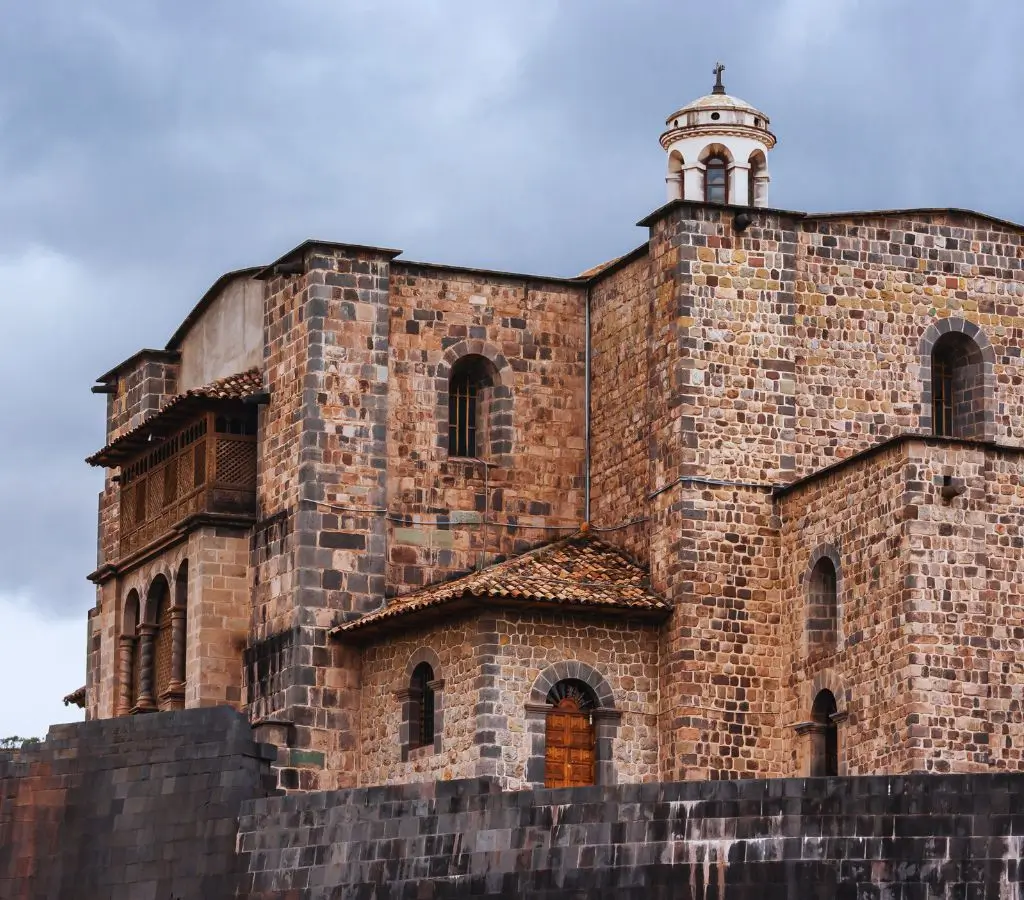
It is a few meters away from the Plaza de Armas. Simply descend Loreto Street, proceed to Pampa del Castillo Street, and you will see the walls of Qoricancha. Beyond that, you will find the entrance to both the temple and Qoricancha.
Exploring Coricancha with a travel agency is an enriching experience as they provide a specialized guide, explaining every detail of this attraction. It allows visitors to gain insights into the culture, and the agency takes care of acquiring the necessary tickets, simplifying the visiting process.
Therefore, it is advisable to visit each destination with experts to fully enjoy and learn more about each site.
